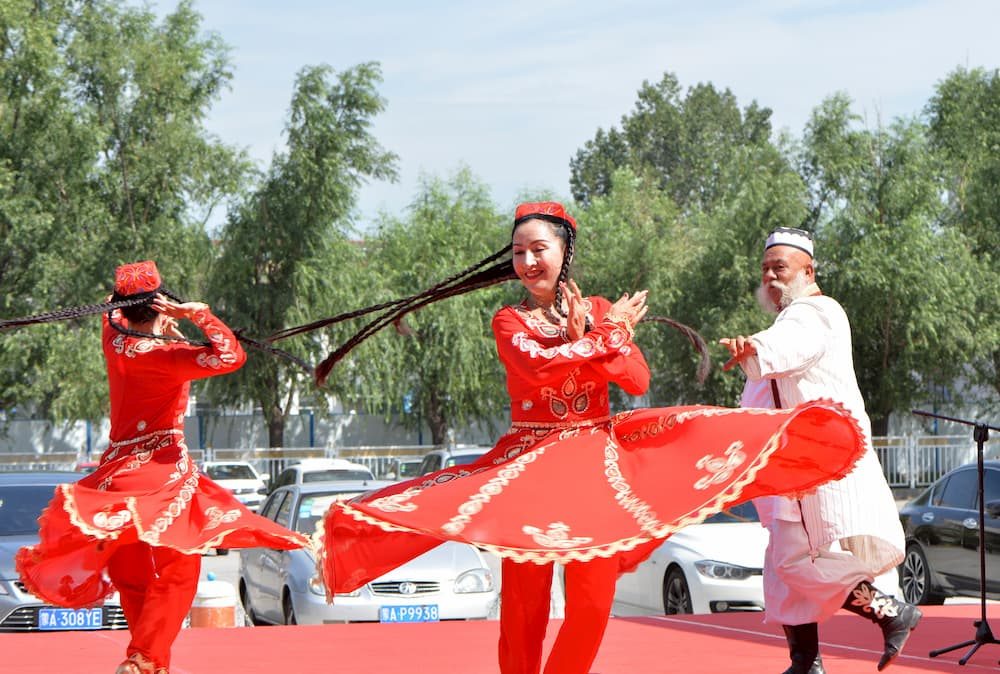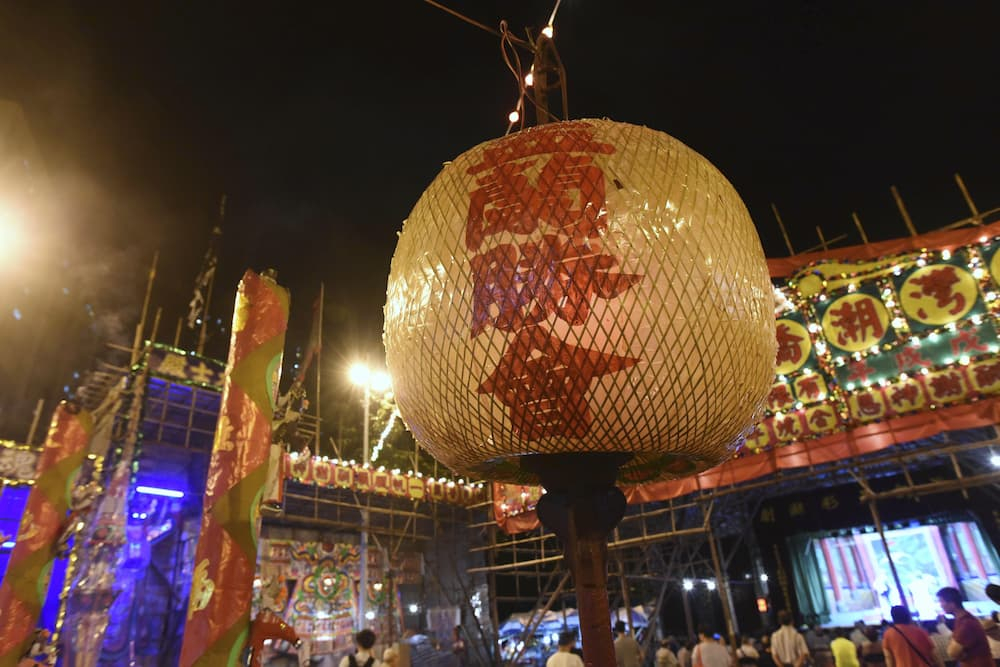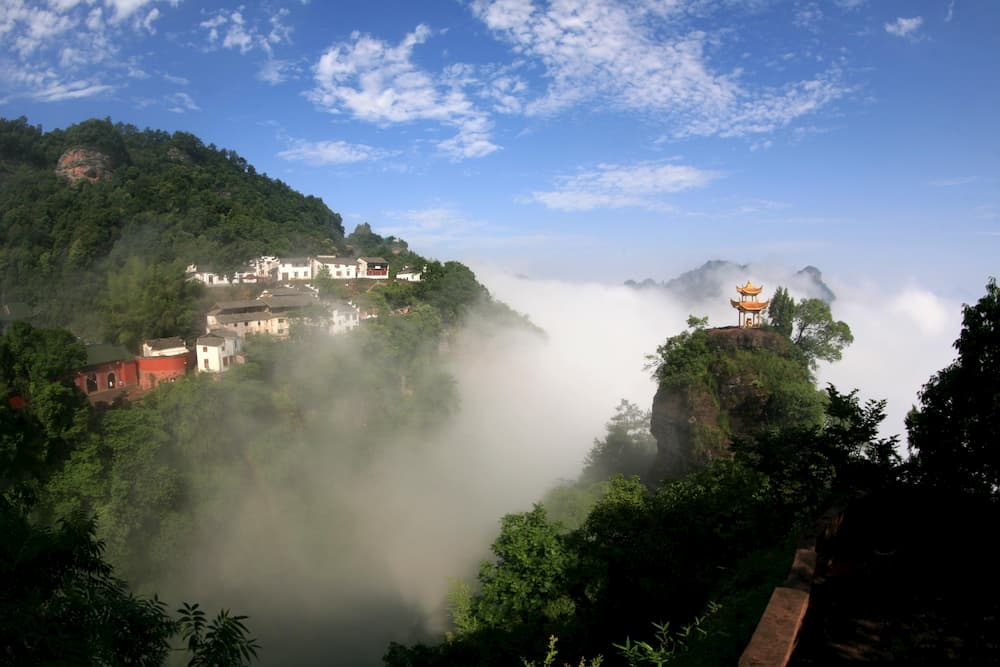
Uyghur Muqam Art of Xinjiang
Splendid
Chi Culture
Topic
Uyghur Muqam Art of Xinjiang
The Uyghur muqam art of Xinjiang is a generic term for the various types of muqam popular in those areas of Xinjiang which have a large Uyghur population. It is a large-scale art form that combines song, dance, and instrumental music. It has its origin in the social lives of the Uyghur; the muqam is the epitome of Uyghur culture, and can be seen as a sort of “encyclopedia” reproducing the lifestyles, customs, and spirituality of the Uyghur in a unique form. It reveals and transmits traditional Xinjiang culture and is considered the highest embodiment of dance accompanied by Uyghur music in Xinjiang. It was inscribed on the Representative List of the Intangible Cultural Heritage of Humanity by the United Nations Educational, Scientific and Cultural Organization in 2005.
Singing and dancing are the most important features of Uyghur muqam. A variety of dancing techniques are employed—the formation and pacing in group dance; the shoulder shaking, neck turning, dodging, and weaving in duets. In solo, holding a flower in the mouth, balancing a stack of bowls on the head, and simulating animals are all employed with countless variations.
The musical characteristics of Uyghur muqam include the variety of temperament, modes, rhythms, and meters in a large, complicated musical form. There are alterations in structure, and linking of tune names that show a close connection with the musical culture of the Central Plain. The various combinations of musical bands show up in different regions of Xinjiang—with bowed, plucked, or wind instruments taking precedence. The main instruments, including the rawap, hajak, tembur, and dutar, all have unusual shapes with delicate ornaments and charming sounds, full of local and national characteristics. The performing techniques—the “stir and flip,” dense clusters of notes and rapid sections, and the deliberate variation of ornamented notes by virtuoso artists, generate strong artistic appeal.
Among the Uyghur people, the most esteemed muqam is “meshrep” for its distinctive form. Meshrep, which comes from an Arabic word meaning “meeting” or “occasion,” refers to a mass entertainment.
Uyghur muqam, popular in all parts of Xinjiang, is a diverse art form. Based on differences in provenance and types, it can be divided into four regional types—Twelve muqam, Dulan muqam, Turpan muqam, and Kumul muqam.
Twelve muqam, the major representative style of Uyghur muqam, is popular in Kashgar, Hotan, and the Aksu region in southern Xinjiang and the Ili area in the north.
Dulan muqam is mainly prevalent in the Dulan Area, i.e. from the banks of the Yarkant and Tarim rivers, to the west and north of the Tarim basin, with Makit and Marabexi counties in Kashgar, and Awat county in the Aksu region as its center.
Turpan muqam is prevalent in Turpan city, Piqan county, and Toksun county in the Turpan region of eastern Xinjiang.
Kumul muqam prevails in Hami (Kumul) city in the Hami region, Xinjiang’s “Great Gateway of the East.”
Ever since the Uyghur muqam in Xinjiang was inscribed on the Representative List of the Intangible Cultural Heritage of Humanity, more than 200 people have been acknowledged and named as cultural representatives at county, prefectural, provincial, and national levels. Each level of government provides aid and living subsidies to these inheritors of the Uyghur muqam tradition to ease their lives, and help them to perform, teach, and pass along their knowledge. Thirty-four and a half million yuan has been given by the nation, the autonomous region, prefectures, and counties to safeguard this intangible treasure.







